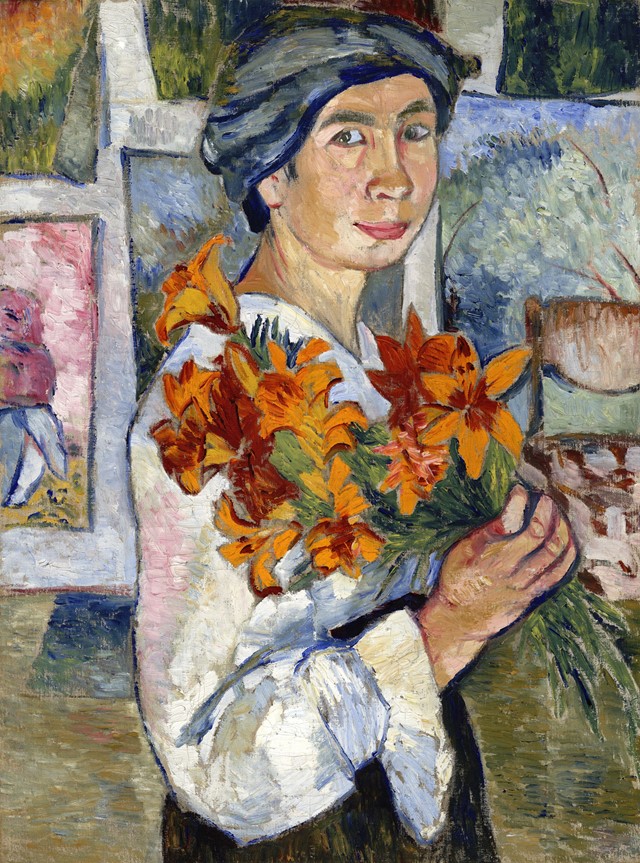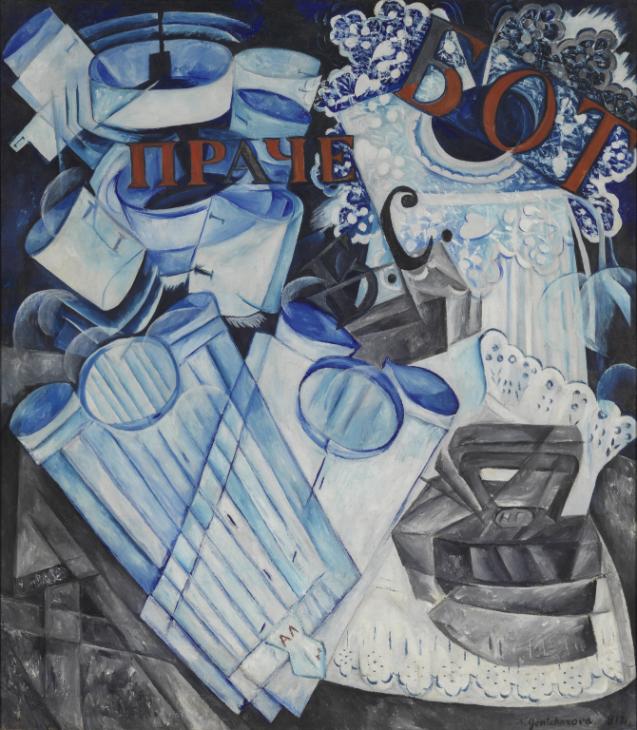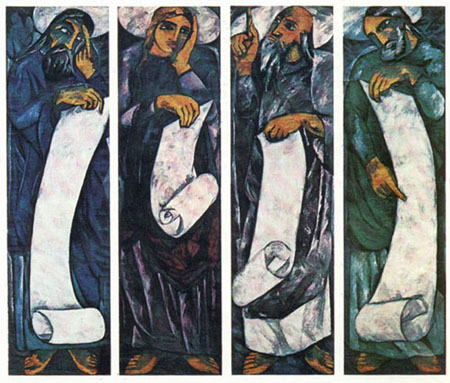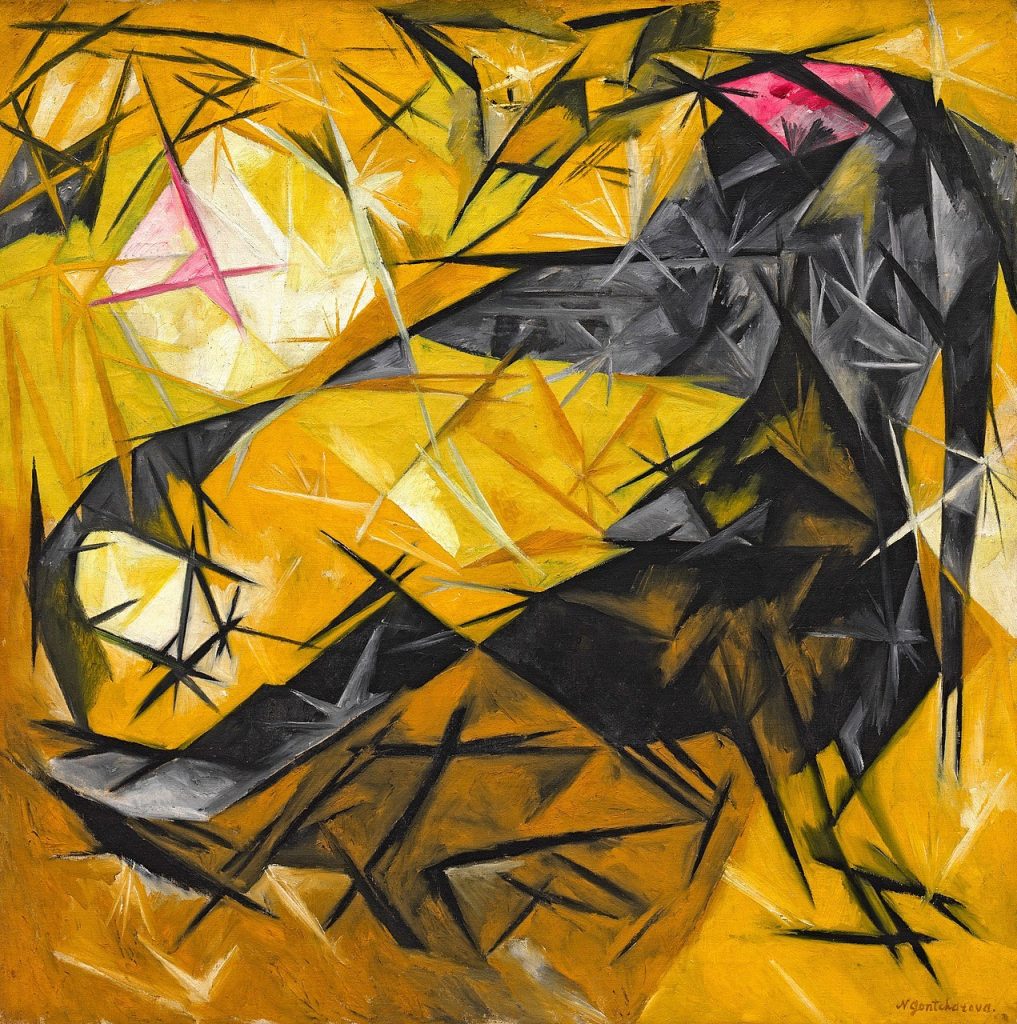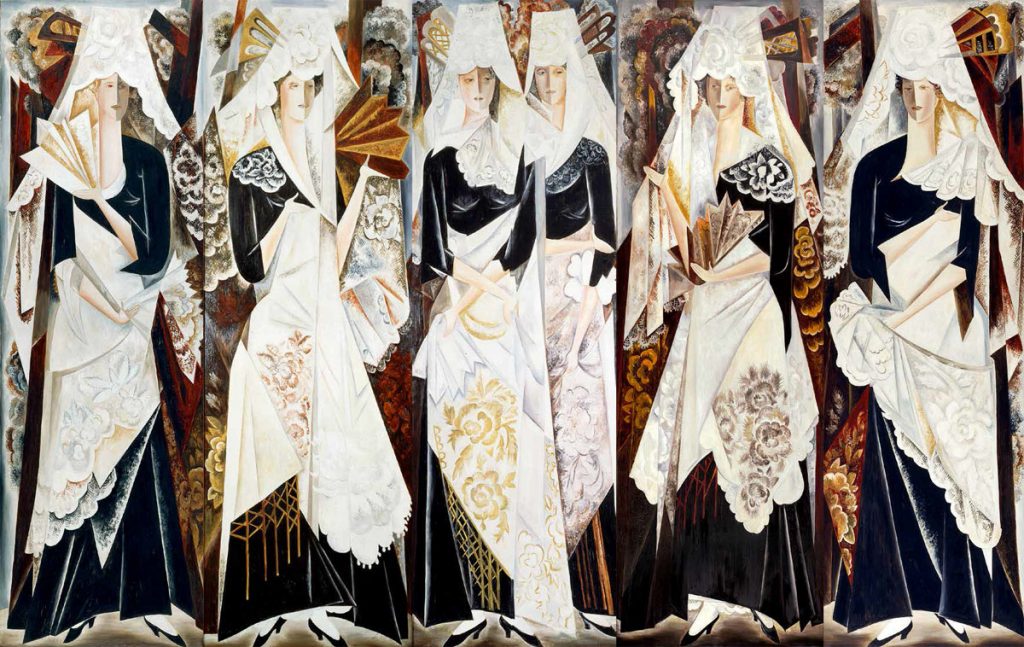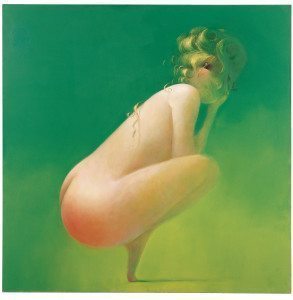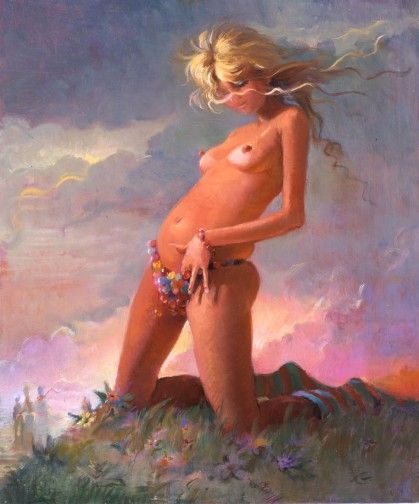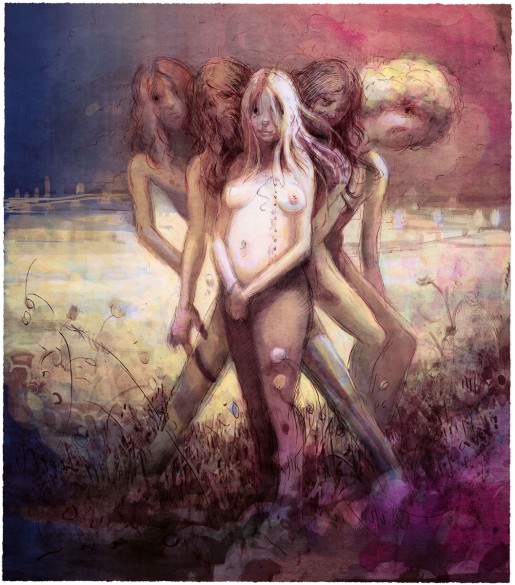In the final hand in for Judy’s class of the year, I picked up the assignment of front and back cover of the spread book. With this, the theme I thought would encompass our growth and development the best was the “evolution of humans”, it was also the concept that everyone seemed to be drawn towards. For the cover, I had hoped that it would give off the feeling of the evolution, the passage of time as well as how we as designers have grown in our first semester of the program.
With the front and back cover, one of the things that was difficult to troubleshoot and find a way around was deciding which six objects/ movements would relate best to our class. Through researching and referring back to our survey handouts I ended up picking the ones that had the most connection to the roots and beginning of design, as well as ones that had the largest impact and held the most memorability.
The things that could have been executed better would have to be the photography horizon part as this could have been incorporated better rather than trying to emulate a flash photography moment, the art nouveau colours could have been more pastel most likely if I had tried with a different medium, the japonism horizon part could have been less “pasty” as I most likely could have went over them again, and the pencil crayons could have been used more precisely as there is a lot of mismarks and smudges from ink.
Thing that I believe worked well for this would be the concept of the cover, the people were incorporated with an object of importance to the best of my abilities and finally the framing of the people and their respective horizon parts as you can tell which part connects to which person.
With all that said and done, I give myself a 7/10, and I guess I am “done talking ;)”.

